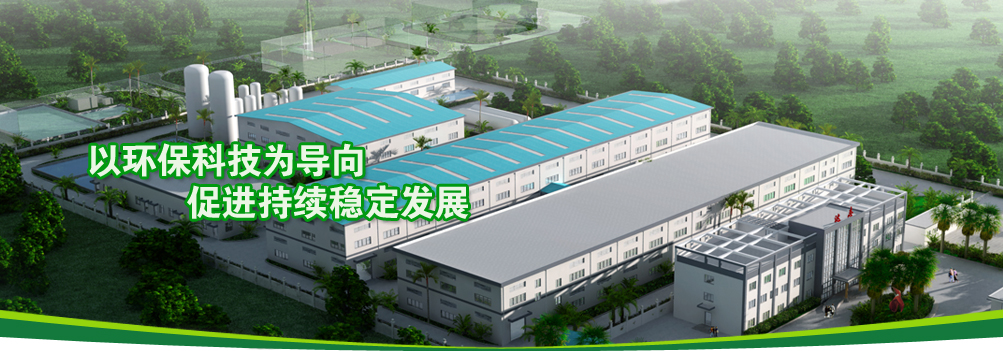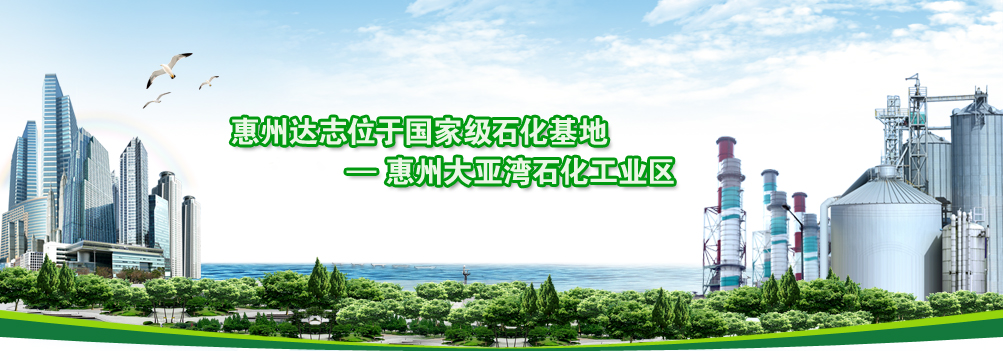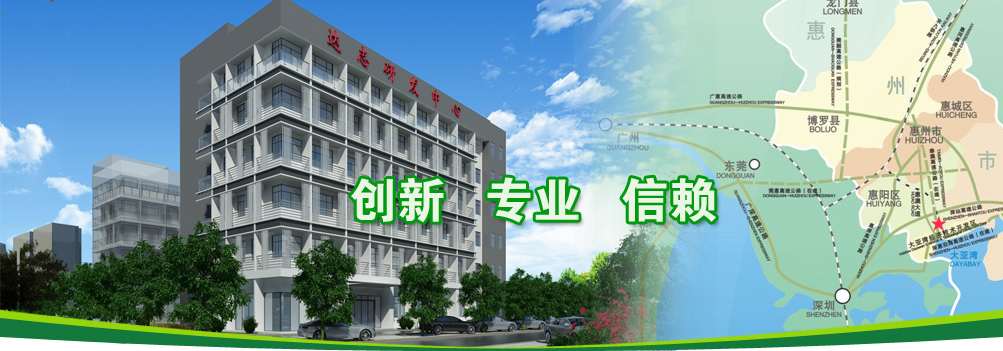
According to experts, due to the increasing global requirements for environmentally friendly coatings, more environmentally friendly water-based and powder coatings have become popular products in the coatings market. Among them, the global demand for environmental protection trends is a major driving force for the development of powder coatings. Because manufacturers are looking for ways to reduce the VOC of their products, powder coatings have naturally replaced liquid coatings in some areas. Powder coatings have low VOC content and are easy to remove. The oversprayed coatings can be recycled and reused; the coating film basically does not produce pinholes after construction, and it is usually easier to apply than liquid coatings, and the formed coating film has better durability. Environmental advantages and technical advantages are the key to replacing traditional solvent-based coatings with powder coatings.
On the other hand, water-based paints are also eyeing their eyes. In recent years, the hazards of volatile organic compounds in paints to the environment and the human body have attracted increasing attention. Compared with traditional solvent-based paints, water-based paints can greatly reduce VOC emissions. Effectively reduce the impact on the environment, it also helps to reduce the potential probability of occupational diseases, reduce the risk of fire and storage hazards, simplify and reduce the process and cost of enterprise ventilation, water treatment, etc. All these requirements are also for water-based coatings. A certain foundation has been laid for development.
"After 2010, as China's rail vehicle products gradually enter the international market, some foreign users, especially those in developed countries, have asked for the use of water-based coatings for vehicle coating. It is expected that by 2020, domestic railway passenger cars, urban railway passenger cars and other The number of international rail vehicles manufactured in my country will reach nearly 80,000, and there is a large demand for coatings. The current market share of this part is 81,267 tons of solvent-based coatings, 23,424 tons of thinners, and only 12.3% of water-based paints. The market potential is great. ." said Hao Bo, senior engineer of Changchun Railway Passenger Vehicle Co., Ltd. In 2007, the company used two-component epoxy primer, two-component polyurethane intermediate paint, polyurethane topcoat and other series of water-based paints for the entire vehicle coating for the first time on light rail vehicles, which achieved the expected results.
According to experts, it still takes a period of time and effort for Chinese paint brands to break through layers of strong players and enter the ranks of the world rankings. In China, more environmentally friendly powder coatings and water-based coatings may replace traditional solvent-based coatings, and the future seems promising.
Partner: Dazhi Technology Dazhi Chemical




